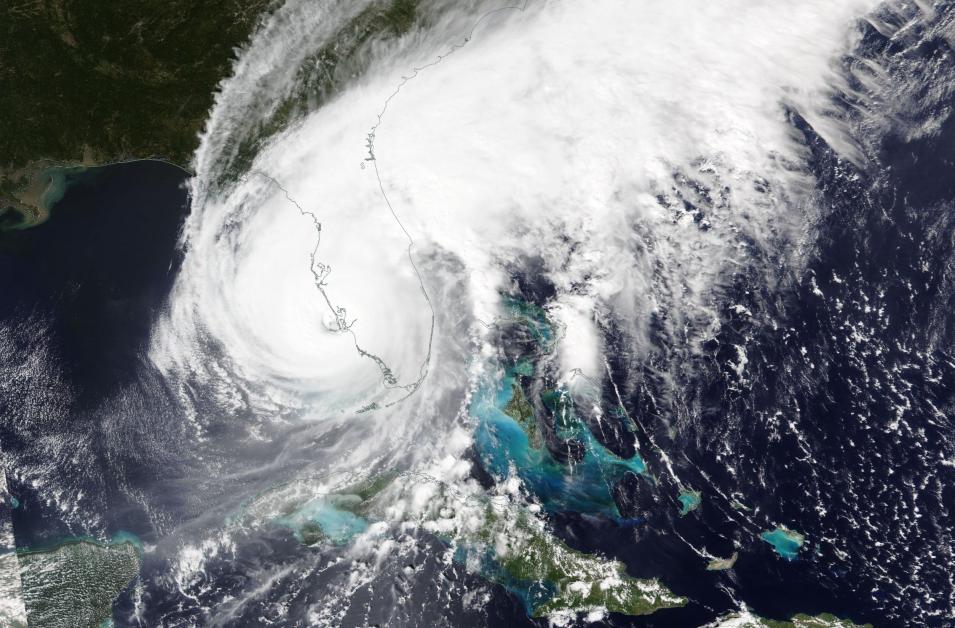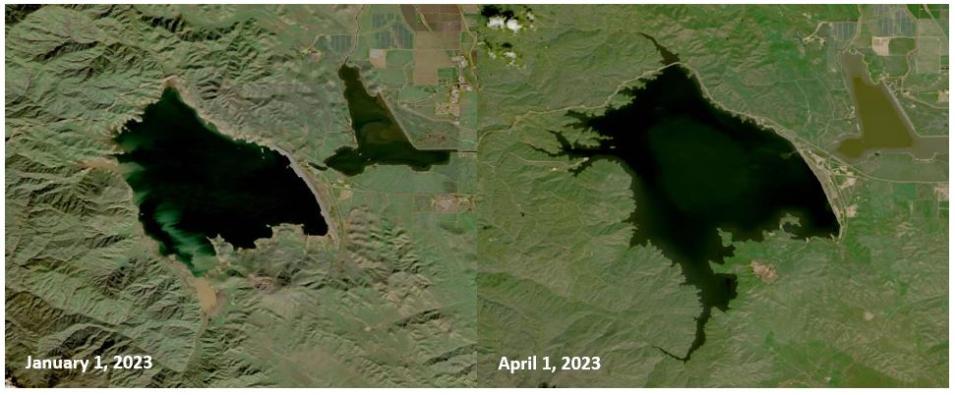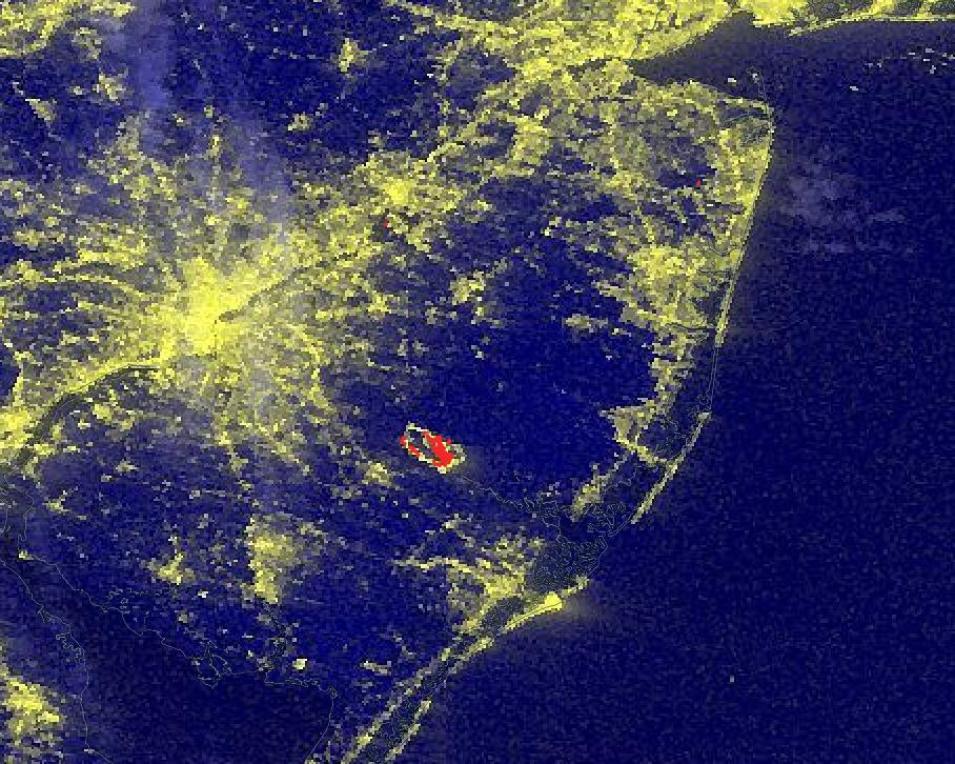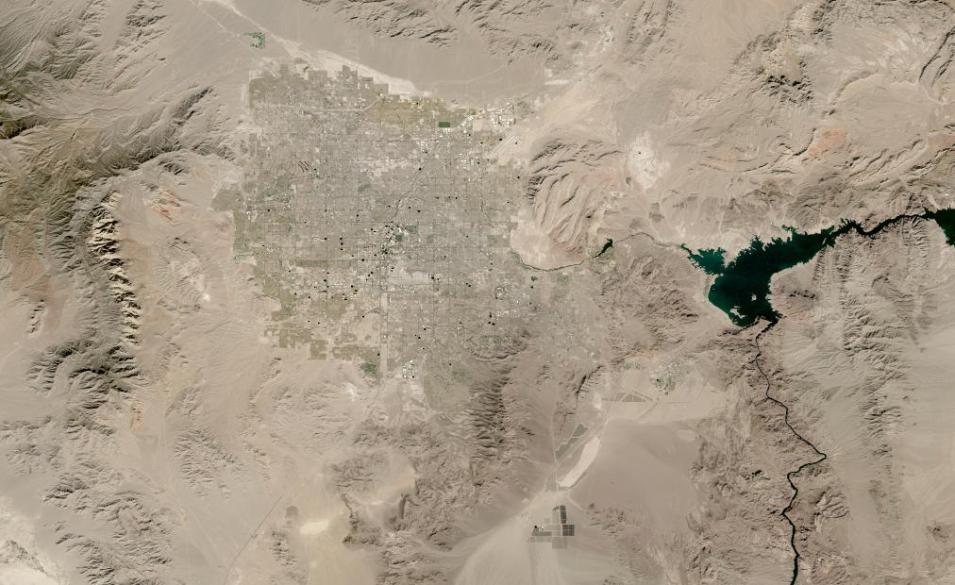The population of metropolitan Las Vegas has grown significantly over the last 30 years, from 530,000 people in 1984 to more than 2.8 million in 2022. HLS imagery and data support a wide range of applications, such as assessments of plant health, ecological monitoring, impacts of fires and other natural hazards, population growth, and more.
Viewing Tips
Learning Resources
Whether you are a scientist, an educator, a student, or just interested in learning more about how to use all the openly available data in NASA’s Earth Observing System Data and Information System (EOSDIS) collection, we have the resources to help! NASA's Earthdata Learn page will help you find what you need to get started with NASA Earth science data, services, and tools.
Getting Started with NASA Worldview Tutorial (December 2021)
In this tutorial, learn how to use NASA's Worldview imagery mapping and visualization application. We'll show you how to explore and visualize over 1,000 NASA Earth science satellite imagery layers, many of which are available within hours, even minutes, and spanning back 20 years. Worldview has been used for time-critical applications such as monitoring and managing wildfires, supporting science through easy-to-access satellite imagery archives, illustrating disasters and natural events in the media, and facilitating education and outreach. We show you how to create and export an image snapshot, animate imagery to see changes over time, compare imagery from different dates or different types of imagery from the same date, explore vector data layers like Fires and Thermal Anomalies, and much more!





